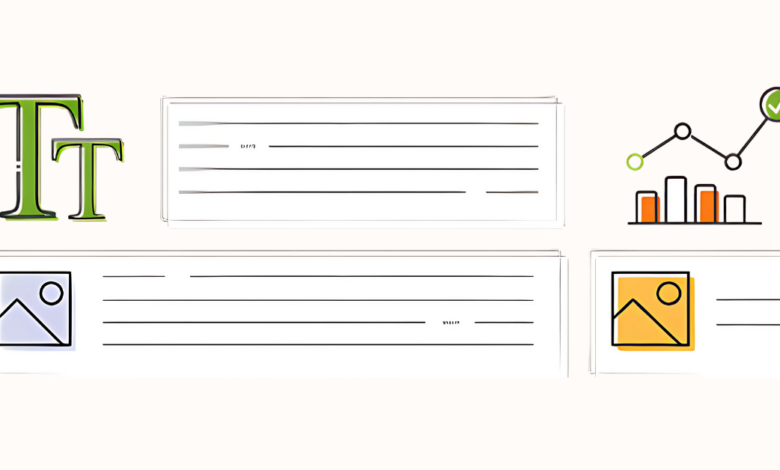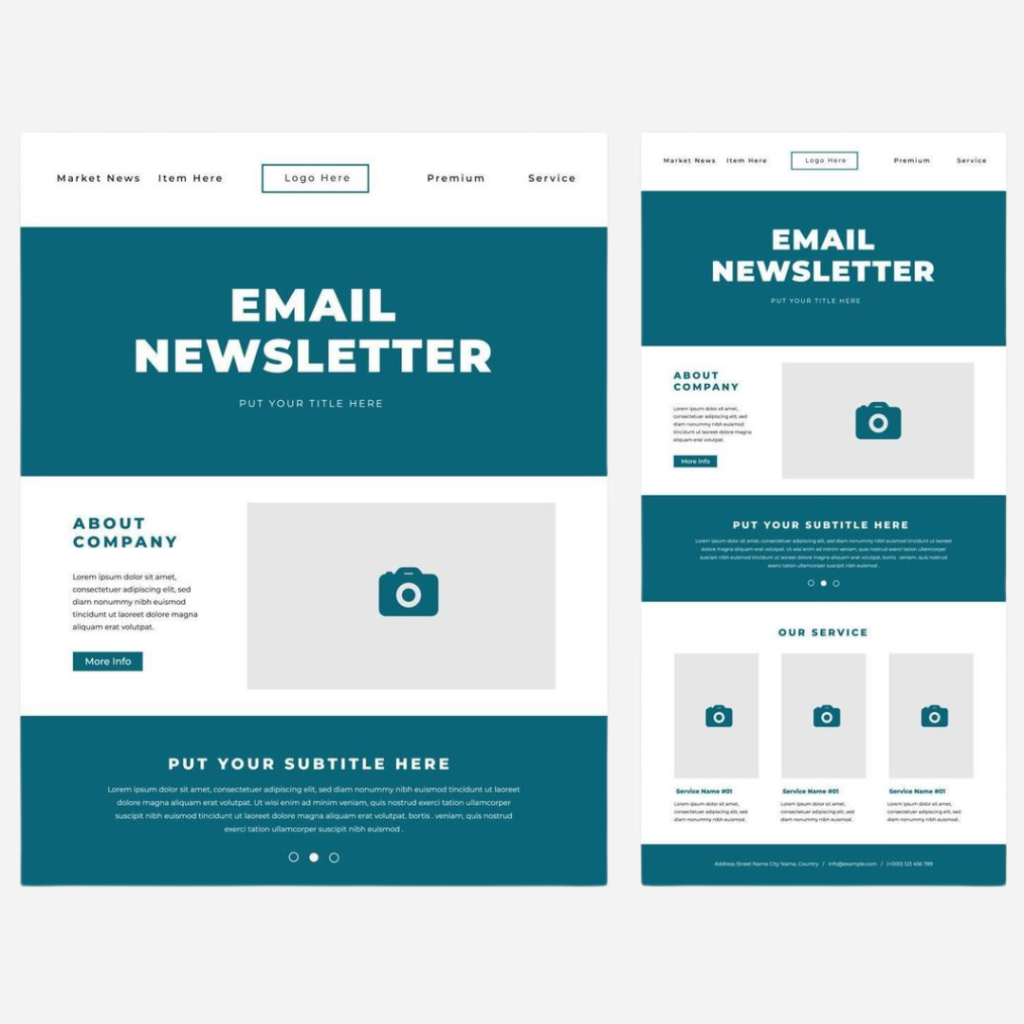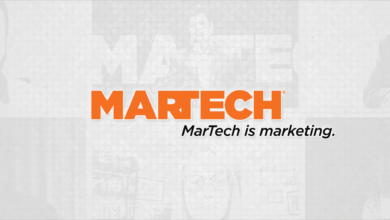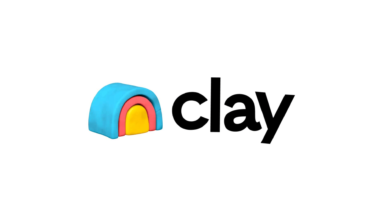Make and measure: steps to make your newsletter successful

Newsletters in e-commerce are more than just a communication tool; they are a bridge that connects you to your customers. This isn’t “just another email”; this is the opportunity to connect personallyhas engage meaningfullyand to move your business forward.
Above all
What is the purpose of a newsletter? Newsletters are your way to maintain a regular conversation with your audience. They keep your brand in customers’ minds, build loyalty and encourage repeat purchases.
Unlike social media, where algorithms dictate visibility, newsletters arrive directly in your subscribers’ inboxes, providing personalized touch. With 93% of consumers Saying they prefer email for brand communication over any other digital platform, newsletters are certainly not a thing of the past.
Let’s say you have a built-in email automation tool but need help getting started or want to improve underperforming newsletters. The question remains: How do you create a newsletter that not only opens, but also engages and converts?
Back to basics
To answer this question, we must first address the essential elements that make up a newsletter. Each element has its mission and influence.
First, the subject line acts as a gateway – the hook that entices you to open the email amid a sea of others in your inbox. It’s like a newspaper headline, grabbing attention and setting expectations. Once inside, the main content takes center stage. This is where the newsletter comes into its own, providing information, advice or news that keeps you informed and engaged. This content is accompanied by visuals: images, graphics, or even videos. They can illustrate concepts, showcase products, or simply add aesthetic charm, making the newsletter more engaging and memorable. Finally, there is the call to action (CTA)) – the nudge that inspires you to take the next step. This element guides reader interaction and helps achieve the newsletter’s objectives: engagement, conversion or simply getting the message across.
Together, these elements form a cohesive unit that turns a simple email into a compelling read. In other words, they collaborate to transform information into inspirationengaging readers with every scroll and click.
Enough theory, tell us how it’s done
It’s time to start creating these newsletters. Before you get started, think about how many emails you receive daily. A lot, right? So how can you make sure yours stands out? Put yourself in your readers’ shoes. What would they find valuable?
THE subject line is your first (and sometimes only) chance to make a good impression. He balances intrigue and relevance. In our experience, using puns, emojis and humor can add a personal touch that attracts attention. Humor may not be suitable for every topic, but you can incorporate curiosity or even FOMO – whatever best fits what you’re writing about.
Once your subject line is ready, it’s time to focus on the content. The goal is to create emails that are personal, relevant and engaging. Share your story and provide helpful tips. Treat each email like a conversation with a friend rather than a sales pitch. Personalization is the key here. Even small gestures, like including the recipient’s first name, can have a significant impact.
No lies here today, so I won’t tell you not to use ChatGPT or other AI tools – there’s nothing wrong with that. Use ChatGPT to generate ideas, captivating subject lines, or even write the entire text. Embrace AI as useful toolbut always make sure your emails reflect your personal touch and brand voice to create meaningful connections with your customers.
Even though content is king, a visually appealing email has a big impact. Use eye-catching images, clean layouts and readable fonts. Most platforms offer pre-made templates, but make sure your branding remains consistent with colors and fonts that match your identity.
When designing, don’t neglect your CTA button – using it instead of a text link can increase conversion rates by 28%! It should look like, well, like a button and be easy to spot because it’s clickable. This may seem obvious, but many designers get creative and end up making buttons difficult to find or use.
And finally, the timing! Timing is crucial to the success of your email campaigns. You need to find the optimal time to send your emails so that they don’t get lost in a flood of other messages. It’s a good idea to avoid Mondays and Fridays. However, you should test different days and times to see when your audience is most likely to open them. For us, Tuesday morning were a success. And remember time zones – no one wants an email at 2 a.m.!
What defines success?
If you thought we were done, think again 😀. Now is the time to get realistic. You’ve followed the advice, written your newsletter and are ready to send it. But before that, there is another important step: set your goals. This is where KPIs come into play.
Know the performance indicators
There are several metrics (KPIs) to track when it comes to newsletters and email marketing in general. They are:
How can I form goals from these measurements?
Ask yourself: Why are we sending this newsletter? If it’s for awareness, you can focus on open rate. But if you want conversions, you’ll need to consider more factors.
Start by understanding industry references – knowing what is typical of your niche can help you set realistic goals. If you’re new to newsletters, start with simple goals like gradually increase your KPIs over a few months. Focus on learning what resonates with your audience by testing different subject lines, content formats, and sending times.
Once you are comfortable, refine your strategy by defining more precise objectiveslike increasing subscriber engagement or xy% conversion rates. Remember, it’s a continuous improvement journeyso adjust your goals based on what you learn along the way.
Measure the success of your newsletters
What is a good open rate? While it’s tempting to focus only on this number, measuring the success of ecommerce newsletters involves much more than just tracking how many people open your emails. Think of it this way: if you send out a newsletter promoting a special sale and see a 25% open rate, that’s a good start. But what happens next is even more important.
For example, you include a link to a new product. Beyond the opening rate, look at the click-through rate: how many people clicked on this link? Let’s say 10% of your readers clicked and 5% made a purchase. Now you’re not just seeing interest; you see conversions.
If your campaign generated $5,000 in sales from 2,000 emails, that’s an RPE (revenue per email) of $2.50. This is where you see the true impact of your newsletter efforts.
This approach will help you measure your current success but will also allow you to set benchmarks and targets for future growth.
Ready, set, send
So there you have it, a (not so) little guide to creating effective newsletters. Remember, it’s all about building relationships, being authentic, and providing value to your customers. Don’t worry about perfection. The more you experiment, the better you will get.
Now go ahead, write those emails, hit that send button, and watch your efforts pay off. If you’re struggling, don’t worry – we are just an email away. Write to usand we will respond to you as soon as possible!




